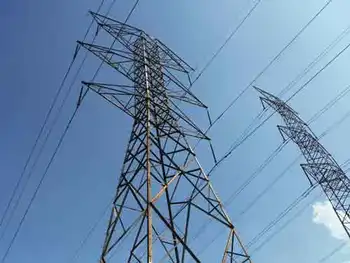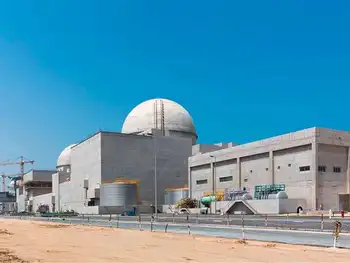China sees 22% nuclear consumption by 2050
By Industrial Info Resources
Substation Relay Protection Training
Our customized live online or in‑person group training can be delivered to your staff at your location.

- Live Online
- 12 hours Instructor-led
- Group Training Available
"It's the time for China to spare no effort on nuclear power development," said Ye.
On one hand, nuclear power is clean energy, which the Chinese government has listed as an important measure to solve the country's energy and environmental problems. The safety and reliability of nuclear power in China has been improving. So far, the load factor of the 11 nuclear power units operated in mainland China has reached 85% to 92%.
On the other hand, the electricity price of nuclear power stations operated at present is equivalent to the local benchmark price, without burden to the cost in power consumption.
"China's independent capability on design and manufacture of nuclear power equipment has been greatly improved," said Ye. China currently can design a nuclear power plant based on 300-MW, 600-MW and 1,000-MW pressurized water reactors, and can design several projects at the same time.
China has established three large-scale nuclear power equipment manufacturing bases in Shanghai, Harbin and Sichuan, able to design and manufacture most of the equipment for 1,000-MW nuclear power unit.
China has 11 nuclear power units, with a total installed capacity of 9.1 GW in operation. In addition, there are 12 nuclear power projects with an installed capacity of about 34.76 GW that are under construction or have received approval for pre-stage preparation. So far, all nuclear power projects in operation or under construction in China are in the coastal area.
"In view from the actual situation, China also needs to build nuclear power stations in the inland area," said Ye. "In the aspects of safety and environmental protection, there is no essential difference between inland and coastal nuclear power stations. The proven technology and experiences gained from coastal projects can be applied inland at present."
Currently, State Nuclear Power Technology Corporation (SNPTC) is carrying out the engineering and pre-stage preparation for three inland nuclear power plants in Xianning in Central China's Hubei province; Taohuajiang in the Hunan province; and Pengze in the Jiangxi province. According to the arrangement, the first batch of inland projects will be ready to begin near the end of 2010.











